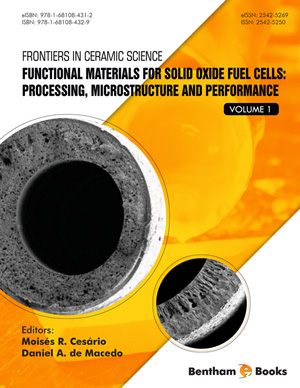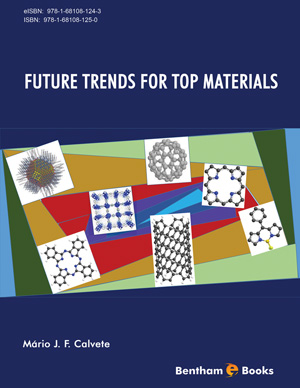Abstract
Solid solubility is not a limiting factor for the maximum activation of impurities during solid phase epitaxial recrystallization (SPER). However, activation is limited to the maximum value of about 2x1020 cm-3 during SPER. A concept of the isolated impurity that has no neighbor impurities with a certain lattice range is introduced. The impurities react with neighbor impurities to form clusters, and only the isolated impurities can be active. The isolated impurity concentration has the maximum concentration at the total impurity concentration of about 1021 cm-3, and it decreases with a further increase in total impurity concentration.
Keywords: Ion implantation, solid solubility, solid phase epitaxy, phosphorus, activation, isolated impurity, point defects, thermal equilibrium, shallow junction, cluster, amorphous layer, sheet resistance, annealing, furnace annealing, reverse annealing, spreading resistance.











